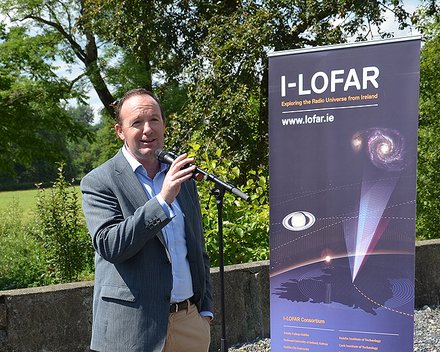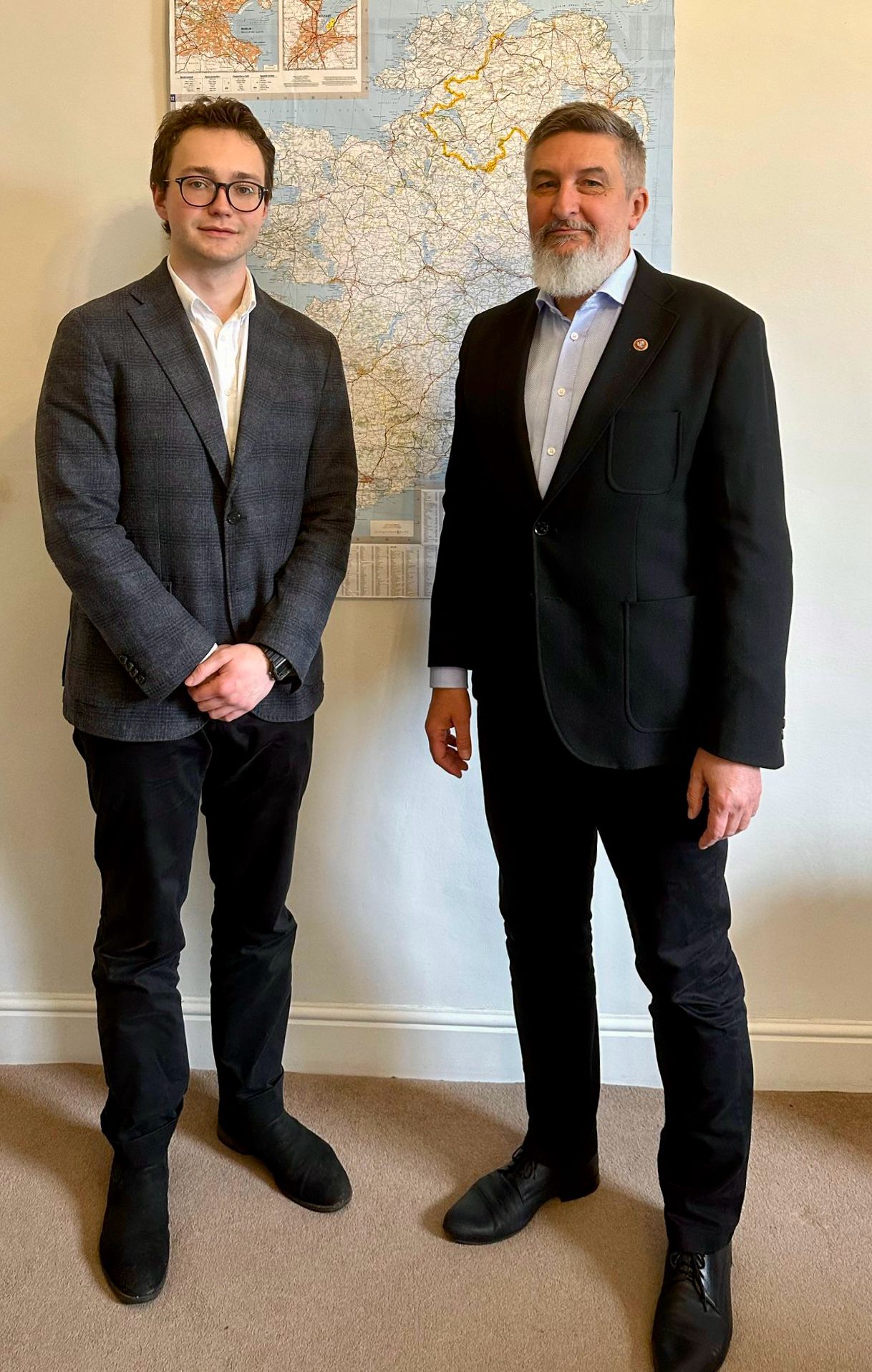Professor in Astrophysics at Trinity Peter Gallagher has been appointed as an adviser to the Director of Science at the European Space Agency (ESA).
Gallagher will join the Space Science Advisory Committee, a group of just 12 scientists from universities all over Europe, to provide recommendations to the Director of Science at the agency. In this capacity, Gallagher will be charged with determining the most effective course for meeting the demands of the European science community’s access to space experimentation, as well as shaping and updating space science policy in Europe and laying the foundation for future missions based discoveries made.
Speaking to The University Times, Gallagher expressed his delight at the selection, saying it was a “dream come true”. As a member of the committee, Gallagher will be one of the first people to see “most amazing spacecraft missions coming through to ESA”, and will be key in recommending which projects should go forward to ensure that they “do the best science that we can possibly do”.
Along with the other 11 members of the committee, Gallagher will be responsible for implementing a number of space missions under ESA’s Cosmic Vision 2015-2025. The ESA will invest over €5 billion in space exploration over the next 10 years. The strategy here aims to address four questions at the fore of many minds in the field across the globe, including what the conditions are for planet formation, how does the solar system work, the origins of the universe as well as attempting to unearth the fundamental physical laws of the universe.
The first medium-sized project outlined in Cosmic Vision is the “Solar Orbiter” mission, which Gallagher is directly involved in. Expected to launch in 2019, the hope is that the mission will enable ESA to study the Sun in greater detail than ever before to improve our understanding of solar activity and its effects on Earth: “It is just a really exciting place for a scientist to be.”
Gallagher began his career at ESA as a PhD student working on the Solar and Heliospheric Observatory satellite and has worked with the agency on many occasions since then. Referring to himself as somewhat of a “trusted set of hands”, it’s clear Gallagher is extremely honoured to have been selected.
Speaking on what the appointment means for Irish science in a broader sense, Gallagher says “it’s a recognition of the high level of research done in astrophysics in Ireland. An appointment like that says that the kind of research we’re doing is recognised internationally and they value our input as a result into deciding what science ESA does”.







